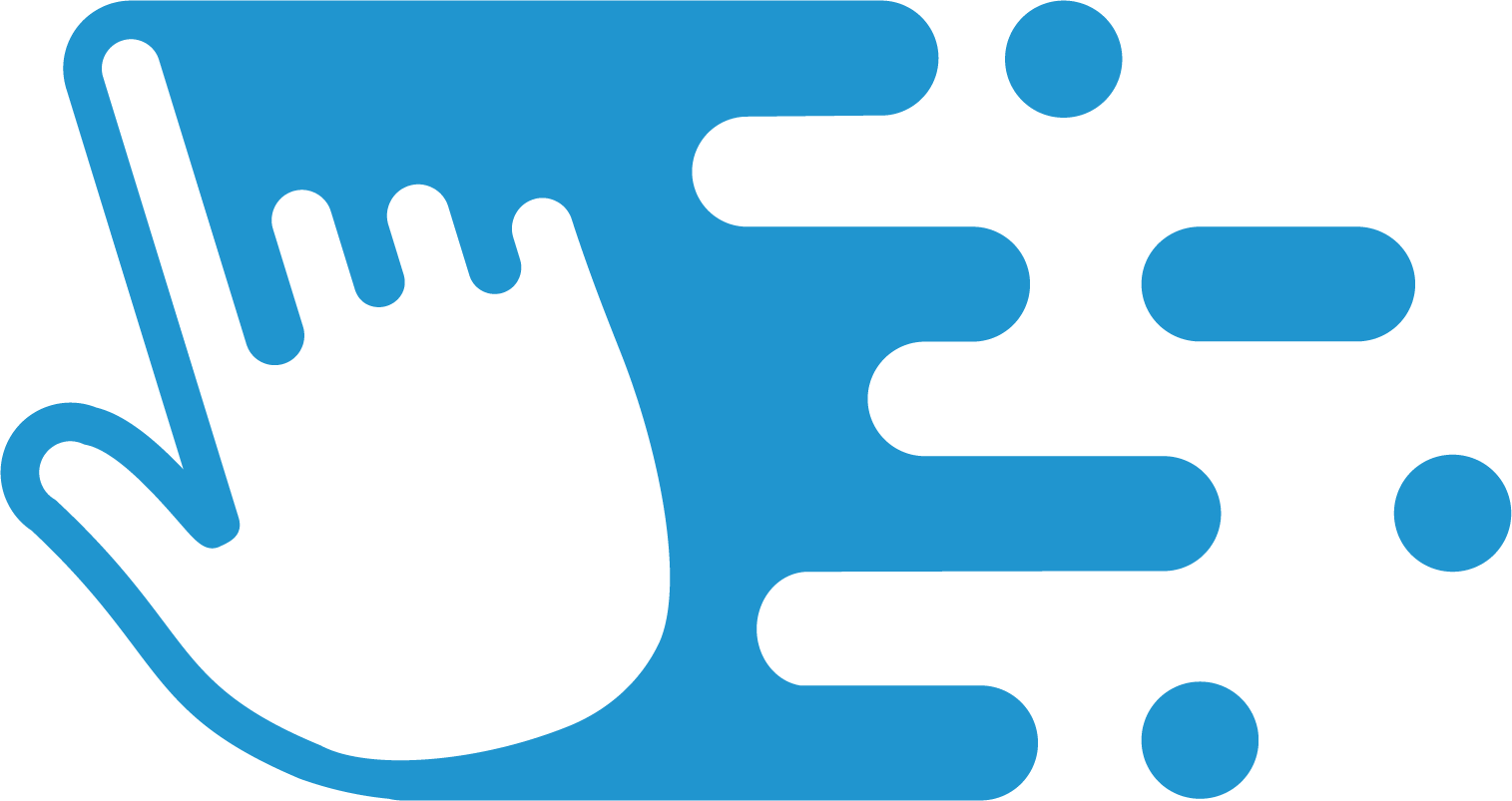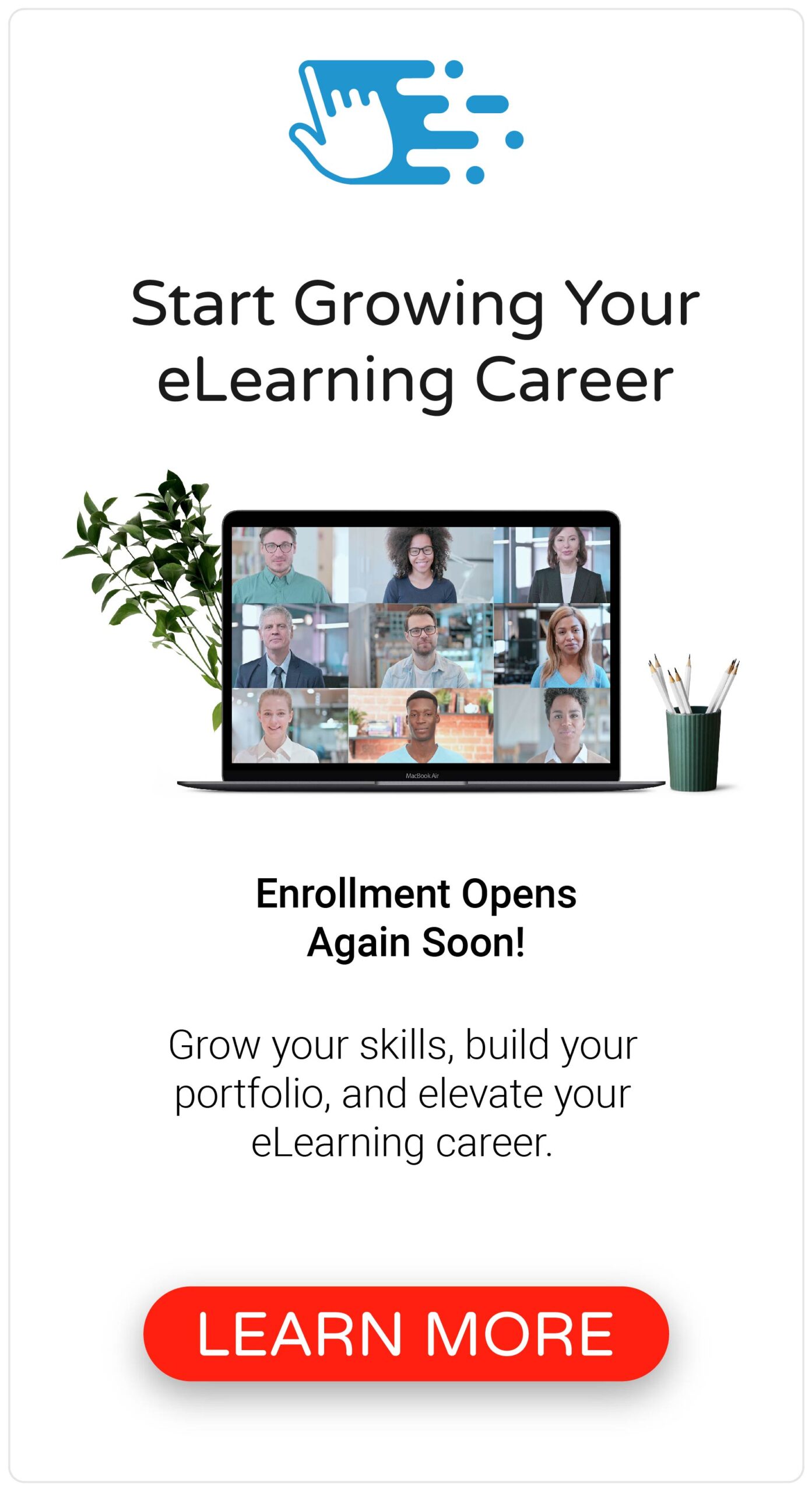When you’re starting work on an eLearning project, it’s not always clear what information should and should not be included in your eLearning course. How can you separate nice-to-know information from must-know information, especially when it’s a topic or process you aren’t familiar with? While you might assume your subject matter experts will help you with this, don’t hold your breath!
Your learners only need the most minimal amount of information to do their jobs at the expected level of performance.
Here’s the thing about subject matter experts: they want everyone to be just as passionate and informed as they are about their given area of expertise. Not only is this unrealistic, more often than not, it’s also not really necessary. Your learners only need the most minimal amount of information to do their jobs at the expected level of performance. That’s it! Nothing more and nothing less.
So, how can you remove nice-to-know information from your eLearning courses? Well, in this post, I’ll give you some simple tips.
Tip #1: Ask Questions

When it comes to removing nice-to-know information from your eLearning course, the first place to start is with your subject matter experts. Yes, your SMEs will always be overly enthusiastic about what content (all of it) should be included; however, that doesn’t mean they can’t help you– it’s just a matter of how you ask your questions.
When working with your subject matter experts, ask questions that reveal the true relevancy of the content they are asking you to include. Instead of asking questions like, “Do we need to include this?” or “Is this information important?”, ask questions like:
- How will employees use this information to complete the task?
- What would happen if they didn’t receive this information?
- Do employees need to memorize this information, or can it be referenced on-the-job?
While you’re working with your stakeholders and subject matter experts, it may also be helpful to create an action map, which can help you focus on what learners need to do, rather than what they need to know.
Tip #2: Conduct a Task Analysis

One of the challenges of separating must-know from nice-to-know information is your personal familiarity with the content. If you’re acting as your own subject matter expert, you can rely on your own knowledge and expertise regarding what information should be included in the eLearning course. However, if it’s a topic you’re not familiar with, you might feel like you can only depend on your SMEs. Luckily, this doesn’t have to be the case.
One way to remove nice-to-know information AND become more familiar about the topic of your eLearning course is by conducting a task analysis. A task analysis is a process of analyzing a specific task to determine how it’s completed, step-by-step. And once you’ve completed a task analysis, you’ll be in a much better position to make informed decisions about what is nice-to-know information.
Tip #3: Use More Than One Training Modality

As you analyze and sort through your content, you’ll sometimes identify information that doesn’t necessarily belong in your eLearning course, but still offers some benefit. In these situations, you might be tempted just to keep it in your eLearning course; however, you have other options!
One way to remove nice-to-know information from your eLearning course, but still make it available to your learners, is to deliver it in a different format. It’s important to remember that when you’re designing an eLearning course, it doesn’t mean eLearning has to be the only answer. Instead, you should find ways to create a blended learning experience.
You can do this by taking your nice-to-know content and finding other ways to make it available to your learners. Whether it’s a job aid, a reference document, a page on your company’s intranet, or something else, you can still make your nice-to-know information available to your learners without cluttering your eLearning course.
Tip #4: Conduct User Acceptance Testing

One of the best ways to determine the value of your eLearning content is by asking your target audience. After all, your learners are the ones who have to put the information into use! One way to determine the value of your content and possibly remove nice-to-know information is by conducting user acceptance testing (UAT).
User acceptance testing is simply the process of having a sample of your target audience test your eLearning course. In addition to helping you identify technical or usability errors within your eLearning course, a user acceptance test also allows your learners to tell you what content was and wasn’t helpful.
The Bottom Line
It can be a challenge to identify what’s the most minimal amount of content to include in your eLearning course. However, when you ask the right questions and do the proper research, removing nice-to-know information doesn’t have to be that hard.
What other tips can you share for removing nice-to-know information from eLearning? Share them by commenting below!








